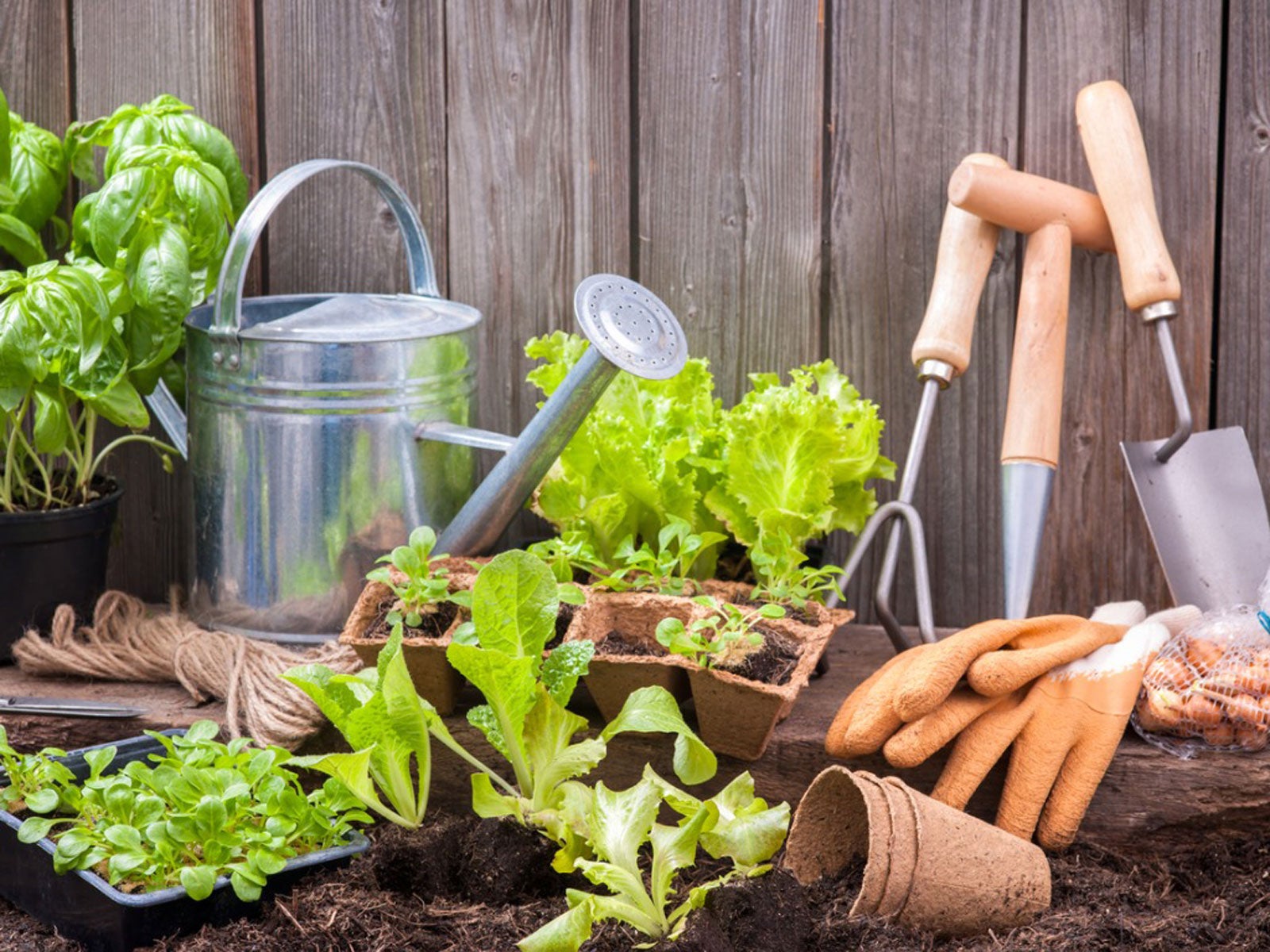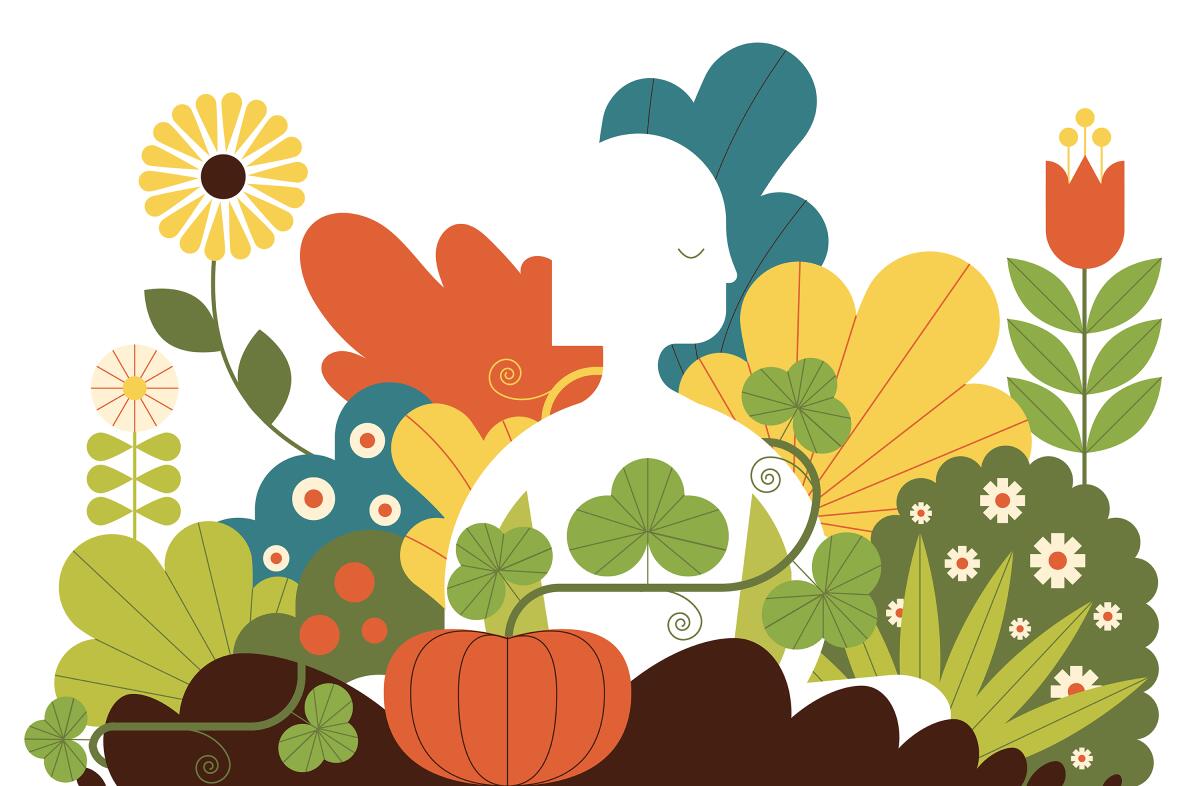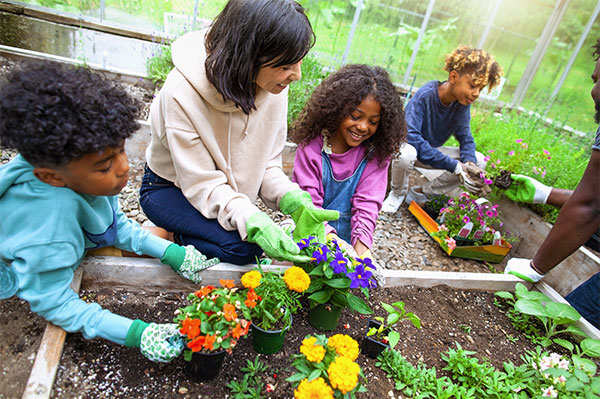Gardening Tips for Attracting Pollinators and Enhancing Biodiversity
Gardening Tips for Attracting Pollinators and Enhancing Biodiversity
Blog Article
Specialist Gardening Tips for Developing a Lasting and Eco-Friendly Garden
Beginning on the trip to create a sustainable and green yard involves a series of intentional choices and practices that not only improve the elegance of your space however likewise add favorably to the environment. To uncover more functional approaches and professional insights, allow us discover the key elements that specify an eco aware garden.
Choose Native Plants
Selecting native plants for your yard is a basic action toward attaining sustainability. In addition, indigenous plants normally need much less water as soon as developed, adding to a lot more effective water use.
Beyond their practical benefits, indigenous plants play an important duty in sustaining regional biodiversity. They offer necessary environment and food resources for indigenous wildlife, consisting of pollinators such as butterflies, birds, and bees. This cultivates a balanced environment, which is important for the wellness of your yard and the surrounding setting.

Implement Water Conservation
Applying water preservation strategies is essential for maintaining a sustainable yard. Reliable water use not only lowers the environmental impact however likewise makes certain that plants receive sufficient hydration without waste.
Furthermore, mulching is a beneficial technique for preserving water. By using a layer of natural compost, such as wood chips or straw, around the base of plants, gardeners can reduce soil evaporation and maintain constant wetness levels. Mulch also assists control soil temperature and reduces weed growth, further contributing to plant wellness.
Rain harvesting is an additional lasting method. Installing rainfall barrels or other collection systems allows gardeners to store and capture rainwater, which can later be used during dry periods. This not only preserves municipal water yet also provides a natural, chemical-free resource for watering.
Last but not least, selecting drought-tolerant plant types can substantially lower water requirements. These plants are adjusted to thrive in low-water problems, making them suitable for green yards. gardening tips. Applying these water preservation approaches will certainly promote a durable, lasting garden
Use Organic Horticulture Methods

Pest monitoring in a natural garden relies upon integrated pest administration (IPM) approaches. These include encouraging valuable pests, using natural predators like lacewings and ladybugs, and implementing crop turning to disrupt pest life cycles. Friend planting, where specific plants are expanded together to ward off bugs or draw in useful bugs, is another effective strategy.
Weed you can try this out control is taken care of with mulching and hands-on removal, instead than counting on herbicides. Compost not only suppresses weeds but additionally saves wetness and improves dirt health and wellness as it breaks down. Organic mulches, such as straw, timber chips, and leaves, are specifically valuable.
Develop Wild Animals Habitats
Developing wildlife environments within your garden not just enhances biodiversity however also sustains the ecological community's balance. Deliberately rooms that draw in and sustain neighborhood fauna, you can develop a successful micro-ecosystem that benefits view it now both plants and pets. Beginning by integrating native plants, as these are appropriate to your local environment and offer vital food and shelter for wild animals. Indigenous flora supports a variety of insects, birds, and tiny animals, adding to the environmental network.
Think about adding a water feature, such as a fish pond or birdbath, to offer a consistent water resource. Water aspects attract a selection of varieties, from amphibians to pollinators, improving the yard's vitality. In addition, installing birdhouses, bat boxes, and insect hotels provides secure nesting sites and motivates biodiversity.
Leave some locations of your yard uninterrupted, permitting leaf trash and fallen branches to gather. By focusing on these lasting techniques, your yard can end up being a refuge for neighborhood wild animals, advertising eco-friendly wellness and sustainability.
Technique Composting and Mulching
An essential aspect of sustainable gardening, composting and mulching, considerably enhances soil health and reduces waste. Unlike synthetic plant foods, garden compost improves the soil with essential nutrients and helpful bacteria, promoting a healthier garden ecosystem.
Mulching, on the other hand, involves covering the soil surface area with natural or inorganic products, such as straw, timber chips, or shredded leaves. This method uses several advantages: it preserves soil dampness, reduces weed growth, and moderates dirt temperature. Compost likewise gradually breaks down, including organic matter to the soil and more enhancing its fertility.
To exercise effective composting, ensure your compost heap has an equilibrium of environment-friendly materials (abundant in nitrogen) and brown materials (rich in carbon), keeping adequate aeration and wetness. gardening tips. Regularly turning the stack speeds up disintegration. For mulching, use a 2-3 inch layer around plants, ensuring it does not directly speak to stems or trunks to stop rot
Verdict

Choosing indigenous plants for your yard is a fundamental action toward attaining sustainability.Moreover, incorporating indigenous plants can enhance the visual charm of your yard. These plants are adapted to grow in low-water conditions, making them optimal for environmentally friendly yards. Implementing these water preservation approaches will cultivate a resilient, lasting yard.
In conclusion, developing a sustainable and environmentally friendly yard entails the tactical option of native plants, the fostering of water preservation techniques, and the application of organic horticulture methods.
Report this page